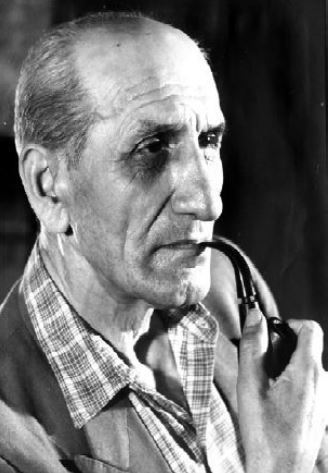
Ion Stroescu was born in Ploiești on 13 August 1888. He studied primary and high school in Ploiești, then he became a sports teacher at the Central School of Gymnastics in Bucharest. Very early in his youth he became addicted to aviation, especially for aerodynamics. In 1910 he founded an association of aeronautical constructions, where the photo below was taken:
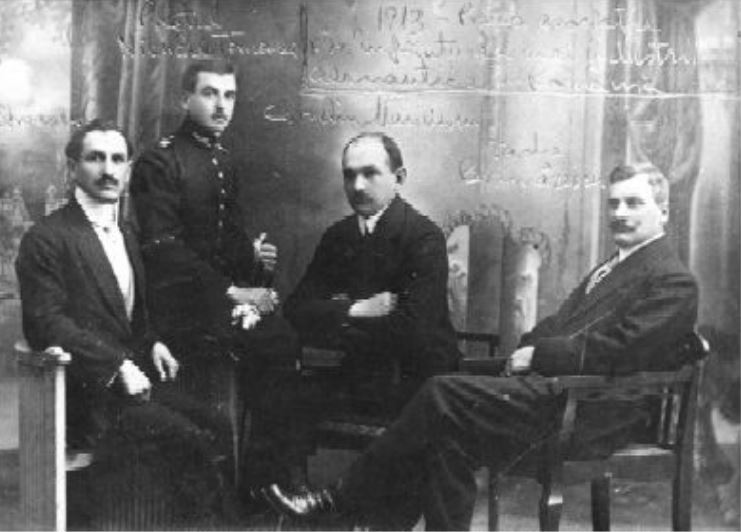
Ion Stroescu, Nicolae Tănase, Coreneliu Marinescu and Tache Brumărescu at 1910, in the new association for promoting the aeronautical constructions (photo: Dan Antoniu).
In 1925 he published an important book on aerodynamics, New Perspectives in Airplane Aerodynamics. The book was handwritten, and reproduced by lithography. In 2013, INCAS published it in facsimile and thus it has been preserved. The depth of the analysis of the physical phenomena indicate a fascinating intuition for aerodynamics.
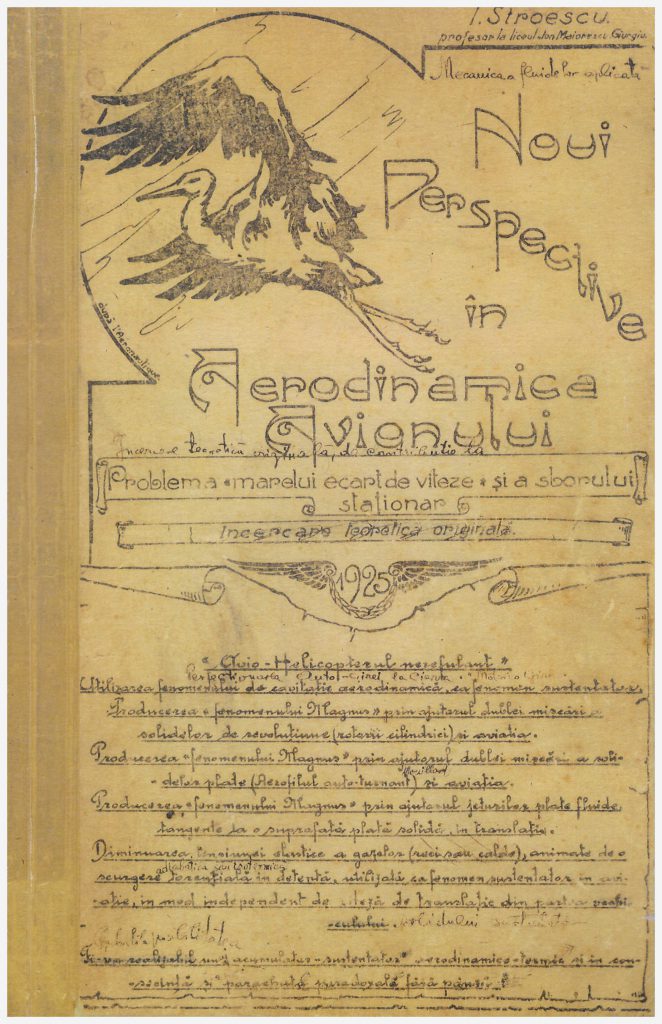
In the same year, he applies for two valuable patents, for controlling the boundary layer by injection-suction and blowing-out (patents 11.169/1925 and 13.677/1925 Ion Stroescu).
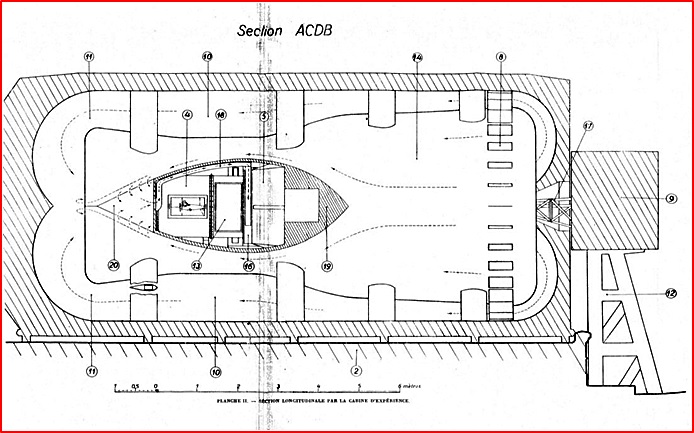
He built his first wind tunnel in 1927 at Râmnicu Sărat, in the sports room of the high school he was teaching.
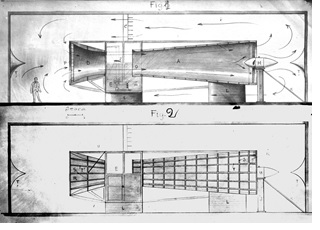
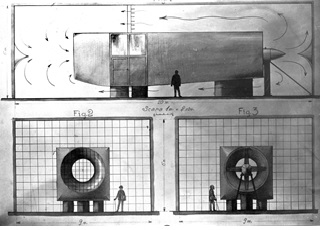
Illustrations show the blue prints of the Wind Tunnel in Râmnicu Sărat and photos during construction.
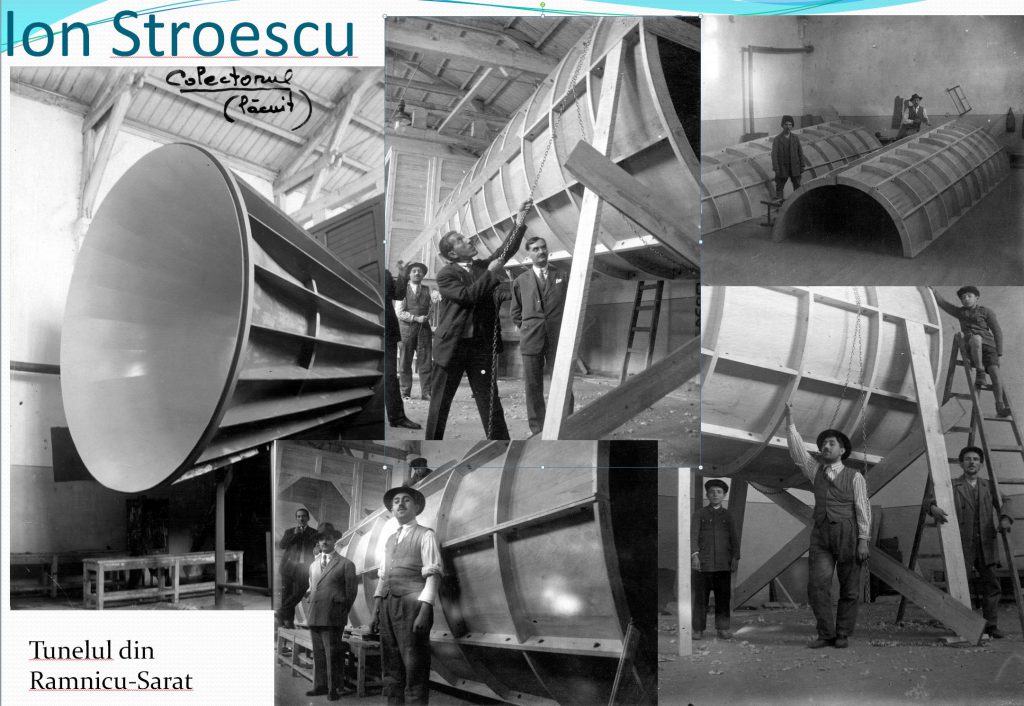
The new Wind Tunnel attracted Prof. Elie Carafoli’s attention, the well known Romanian aerodynamics expert, the founder of the aeronautical engineering school. He tried to stop the demolition of the tunnel, ordered by the Ministry because it ”abusively” occupied the sports room. He did not managed that, but managed instead to get an order for Ion Stroescu to be assigned at the Politechnical School.
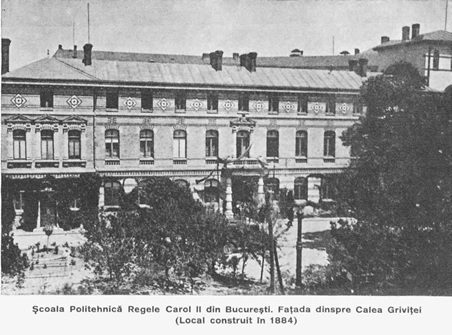
In 1929 Carafoli appointed Stroescu as assistant professor at the Department of Aerodyanmics. Under his supervision, Ion Stroescu designed and managed the works for the new Wind Tunnel of Polizu.
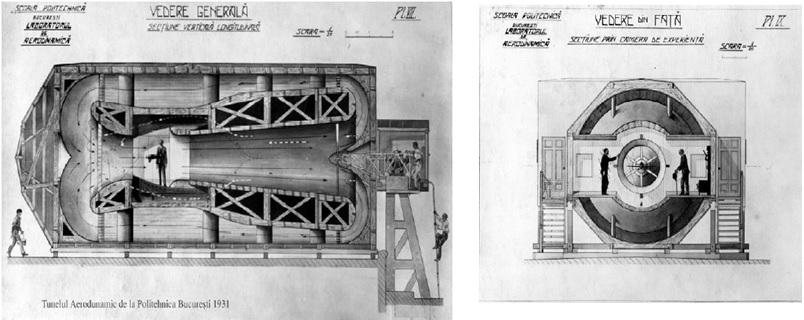
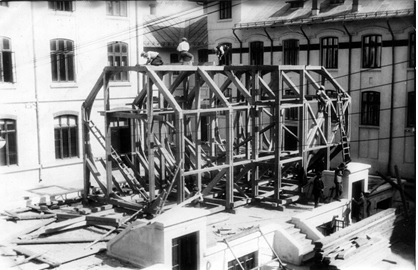
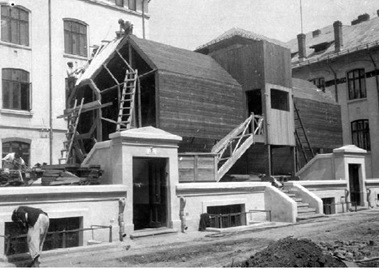
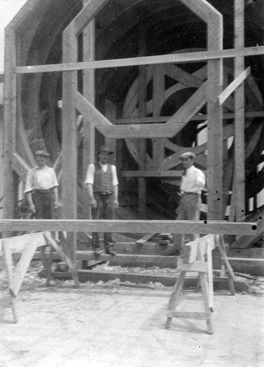
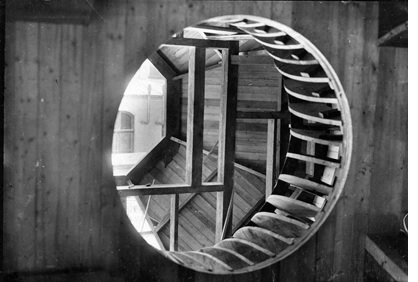
In the experimental section of the tunnel, the models of all Romanian airplanes were to be tested. The room was equipped with an aerodynamic strain cage, another invention, which demonstrate the creativity of the Romanian pioneers of aerodynamics.
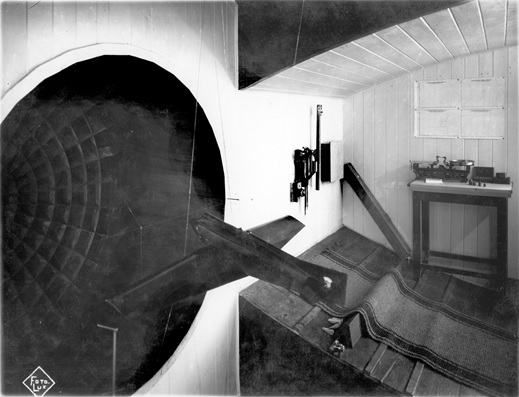
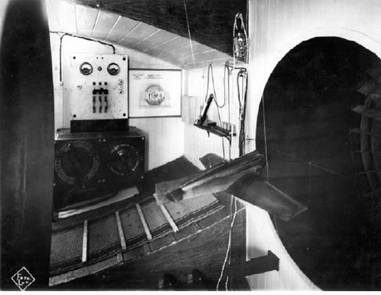
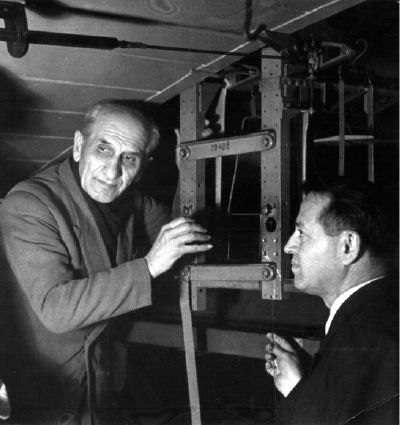
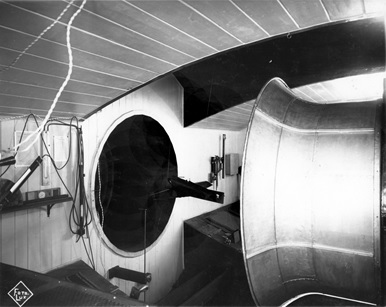
On 7 May 1931, King Carol the 2nd, together with Prince Nicolae, with Prime Minister Nicolae Iorga and with the Rector of the Politechnical School, Nicolae Vasilescu-Karpen inaugurate the most important Wind Tunnel in South-East Europe, and one of the most advanced and well equipped in Europe at the time.
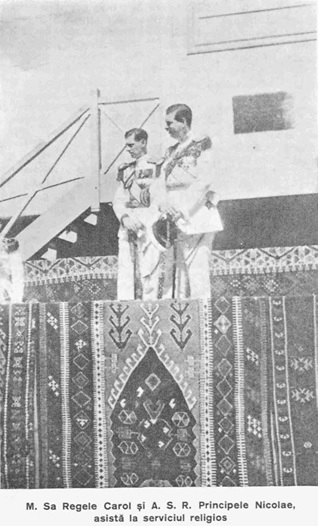
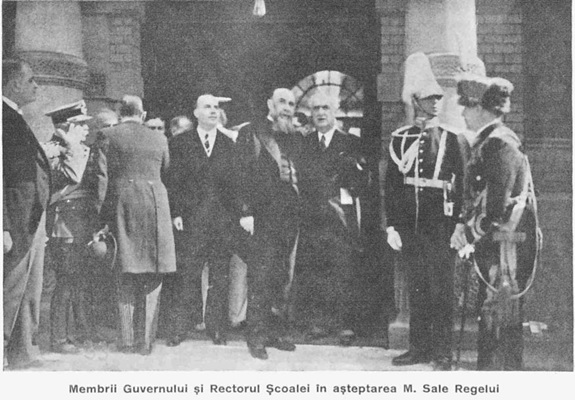
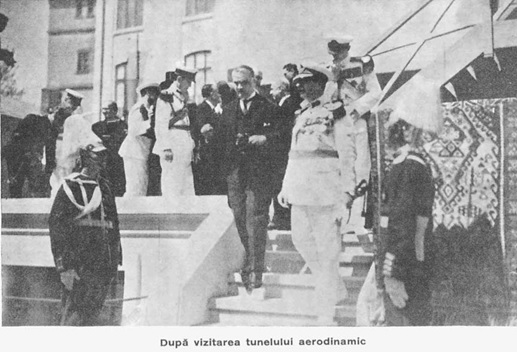
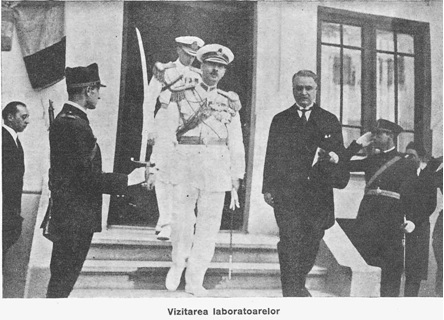
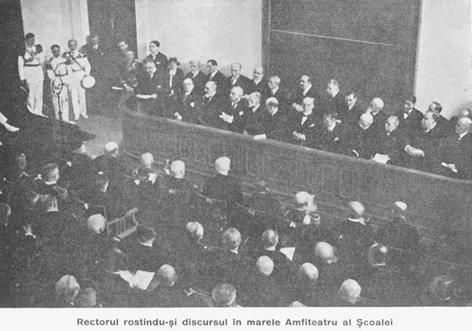
We may easily recognize the ”Grand Amphitheatre of the School”, currently known as the F024 Acad. Virgiliu N. Constantinescu Amphitheatre of the Faculty of Aerospace Engineering. The Wind Tunnel in Polizu contributed to the relative superiority of the Romanian aeronautical industry before and during WWII. Hundreds of new aircraft designs, wing airfoils and other parts could be tested. Some of the aircraft designed in this Wind Tunnel were matching the performance at the highest standards worldwide, competing with American, British or German aircraft.
In 1937 Ion Stroescu got another assignment, with the Faculty of Sciences of the University of Bucharest, by the Laboratory of Prof. Victor Vâlcovici, who was PhD in aerodynamics from the school of the well known scientist Ludwig Prandtl (1931).
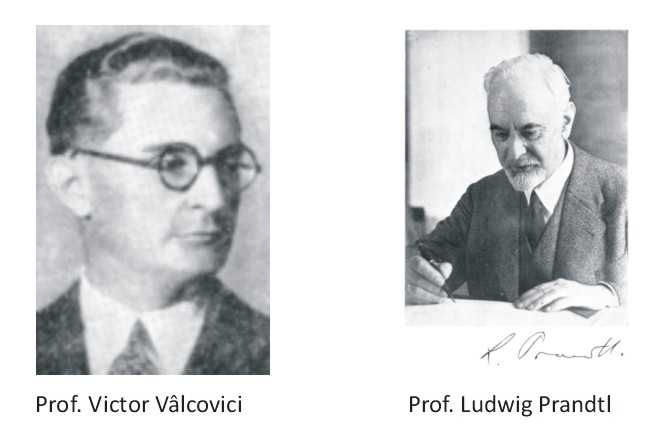
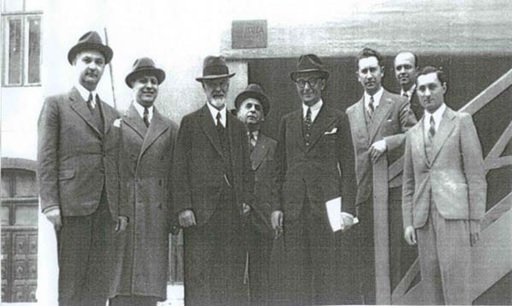
Ludwig Prandtl visited the Politechnical School in 1941, particularly to see the Wind Tunnel in Polizu. In the picture, from left to right: C.C. Teodorescu, Elie Carafoli, Ludwig Prandtl, Dionisie Germani, Victor Vâlcovici, Lucius Saveanu, Ion Cârstoiu and Nicolae Tipei.
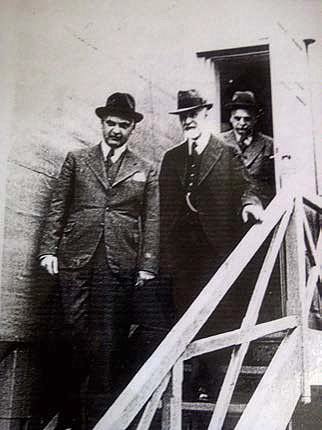
On the stairs of the tunnel, in this photo there are C. C. Teodorescu, Ludwig Prandtl and Dionisie Germani.
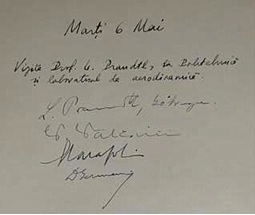
The experimental results at the end of an intense effort under the supervision of Prof. Vâlcovici, and later (after 1941) with the participation of the young mathematician Ion Șabac, the Wind Tunnel in Polizu and its creator Stroescu get an international recognition.
In 1943, Ion Stroescu’s presentation at the Research Academy in Berlin attracted appreciative remarks by Professors Ludwig Prandtl and A. Betz.
In 1946 at the Fourth Congress of Applied Mechanics, Ion Stroescu presents at Sorbone the paper “A New Type of Wind Tunnel”.
“Prof. Edmond Brun requested permission to use the blue prints of the Bucharest Wind Tunnel to build a similar one at Sorbone” (Prof. V. Vâlcovici).
Ion Stroescu stayed in France for 14 months, where he designed a special icing wind tunnel at Bellevue (ONERA).
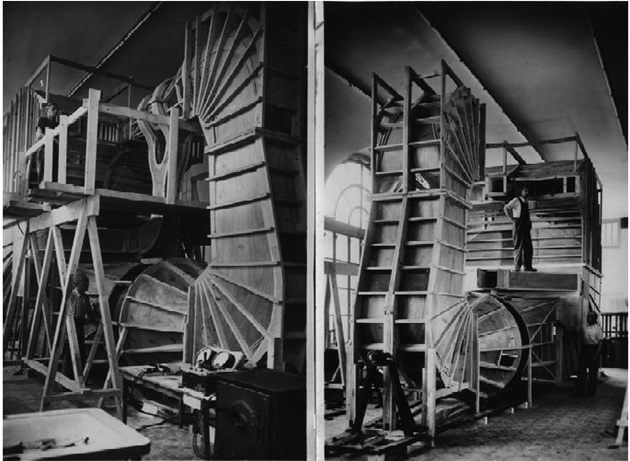
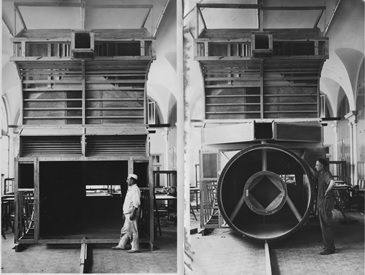
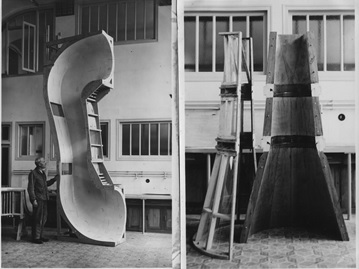
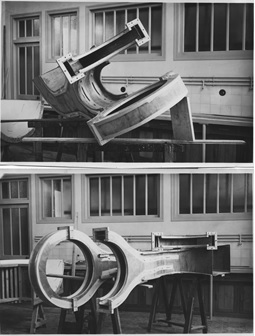
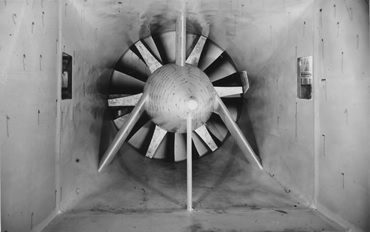
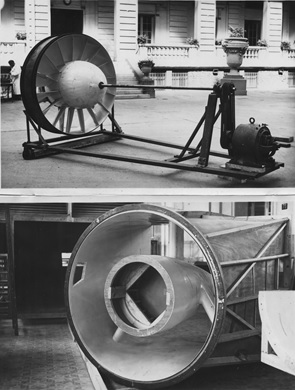
Wind Tunnel ONERA of Bellevue, France, designed by Ion Stroescu
In 1948, Ion Stroescu returned to Romania and worked at the Institute of Applied Mechanics of the Academy. In this capacity, he designs and builds the subsonic wind tunnel of the Militari Platform (INCAS).
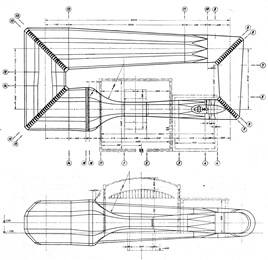
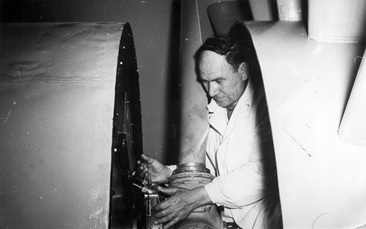
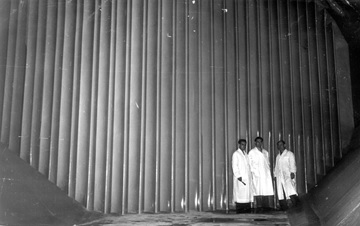
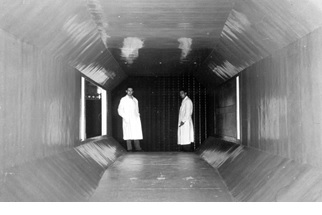
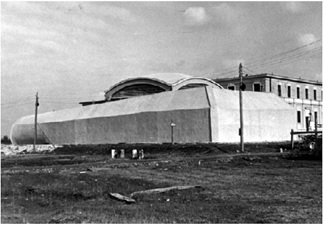
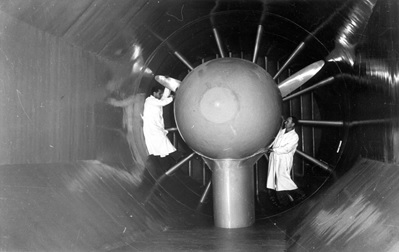
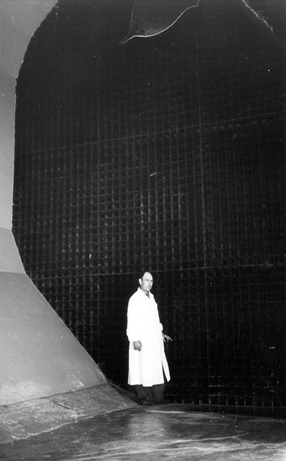
In 1960, Ion Stroescu was celebrated for the 70th anniversary and for 50 years of activity in aeronautics, at the Romanian Academy, by Acad. Elie Carafoli, Acad. Victor Vâlcovici, Acad. Dumitru Dumitrescu and Prof. Nicolae Tipei. On the occasion, he was recognized as an inventor and pioneer in experimental aerodynamics, as the leader of the Romanian aerodynamics.
Ion Stroescu died in 1961.
(This article was adapted after the presentations of Prof. Sterian Dănăilă, using original materials of the ”Elie Carafoli” Department of Aerospace Sciences, and using the paper of Conf. Nicolae Șerban Tomescu, ”An important achievement of Professor Ion Stroescu: the wind tunnel of the Polytechnic School of Bucharest” published in 2011 in the INCAS Bulletin. Another reference is the paper of Buiu V, Ion Stroescu (1888-1961) A Man and a Life –for a passion, INCAS BULLETIN, Volume 3, Special Issue/ 2011, pp. 1 – 15. A significant reference over the entire field is the book ”The History of the Higher Education in Aviation” by Prof. Virgil Stanciu)
Traian Vuia Story
Traian Vuia Traian Vuia (also known as Trajan Vuia) was a Romanian inventor and pioneer in the aviation field. He is credited with the achievement of successfully building, thus demonstrating, that a flying apparatus could rise into the air using only its engine and...
IAR American
On 18 November 2017 in the Acad. Virgiliu Constantinescu amphitheater, professors and students of the Faculty of Aerospace Engineering met Eng. Pilot Gabriel Iancic, President of the IAR AMERICAN organization and Eng. Sorin Ploscaru, aircraft designer. IAR...
George Constantinescu
George Constantinescu
Wanted ATC / ATM Software Engineer
C# and C++ Air traffic control ATC / ATM Software Engineer (BBBH340) Bournemouth, England Salary: GBP38 - GBP39 per hour C# Software Engineer - Air Traffic Control Systems Key skills: C# , C++ , Software Engineer - Air traffic Management C# C++ Software...
Openings at Smart Airline Services
S.C. SMART AIRLINE SERVICES SRL is hiring graduates or senior year students in the field of air cargo transport . candidates should send their CV at: dragos.stefanescu@smart-airline.ro Smart Airline Services are a member of Global GSA Group B.V. with the main...
Smaranda Brăescu
Where and When Smaranda Brăescu was born? She was born in the village of Hânţeşti, Buciumeni commune, in the present-day Galați County. It is very vague, many say on May 21, 1897, but as an example, on her student grades book it is mentioned May 23, 1904. We...
Teodor Gârneț
Romanian engineers have contributed in the early days of aeronautics, since the 20th century, to the development of this field. An example of this is the Romanian engineer of Bessarabian origin Teodor Gârneț. Teodor Gârneț was born on 19 April 1911 in Roşu - Cahul,...
Aurel Vlaicu
Born in the fall of 1882, on November 19th, Aurel Vlaicu remains a prominent figure in the history of Romania due to his brilliant mind which led him to being the builder of the first Romanian airplane. He was an engineer, inventor, airplane constructor and early...
Dumitru Brumarescu
The Scientist Dumitru Brumarescu and The Unfortunate Destiny of His Inventions A three-propeller airplane, a rescue booth for submarine personnel, a car-sled and automatic coupling device for railway wagons are just some of the inventions of Dumitru...
Mircea Grossu-Viziru
Introduction Romania has a strong aeronautic tradition dating back to the beginning of the 20th century. In the early days of aviation, three Romanians left their mark on the world’s aviation history: Traian Vuia, Aurel Vlaicu and Henri Coandă. All three of them built...

0 Comments